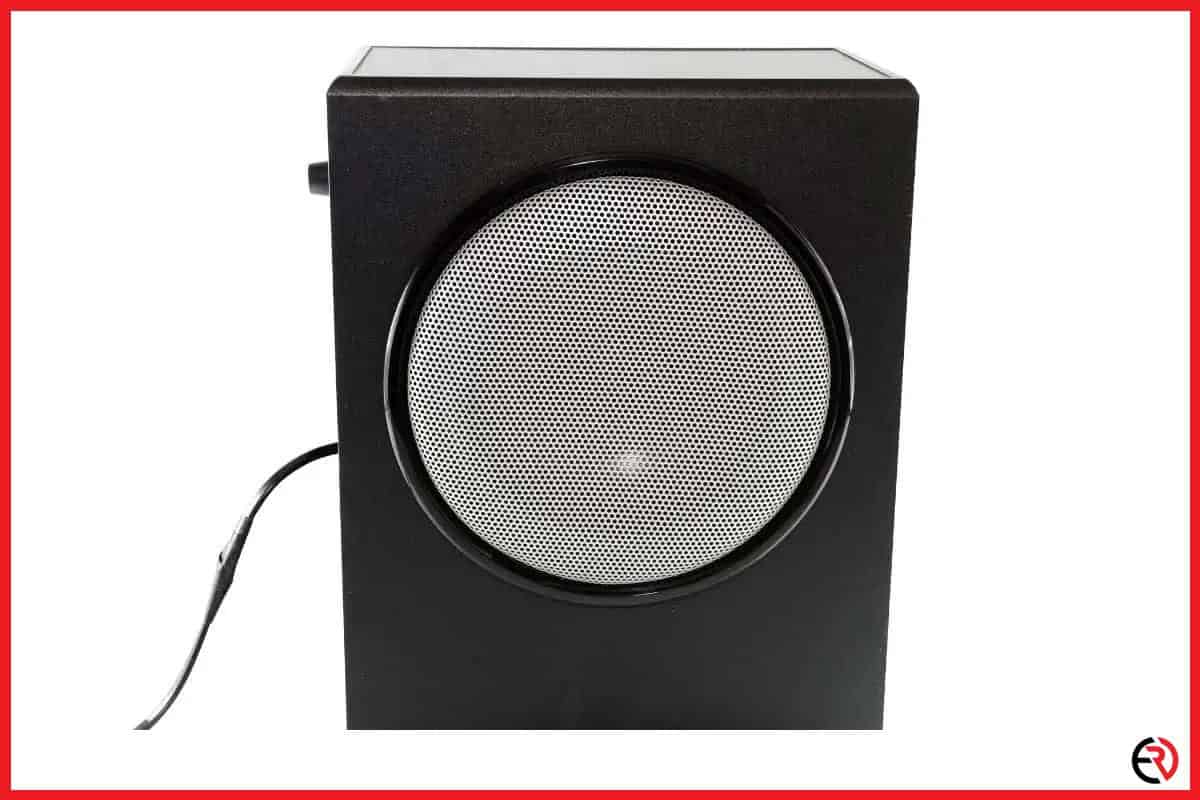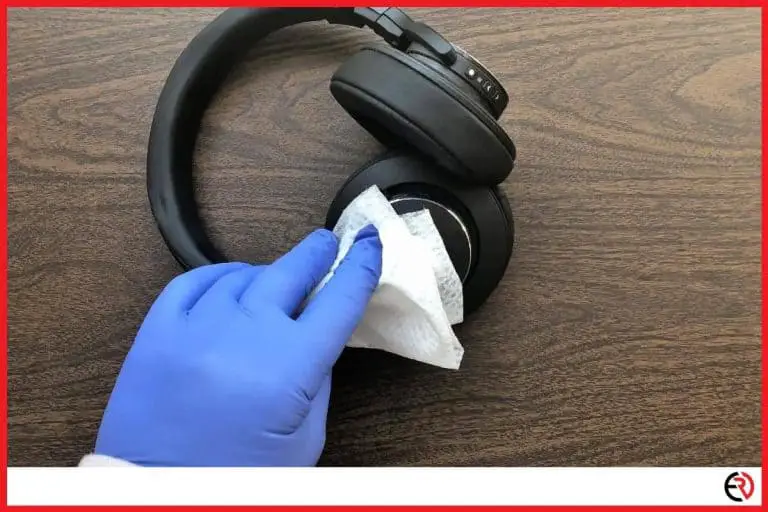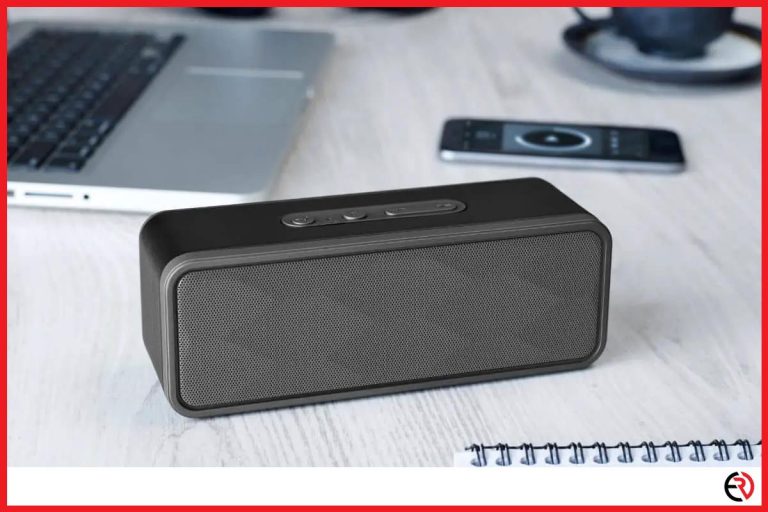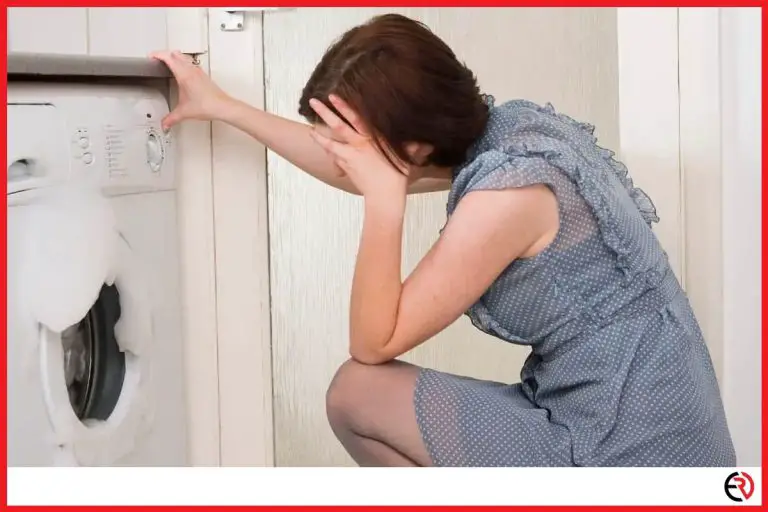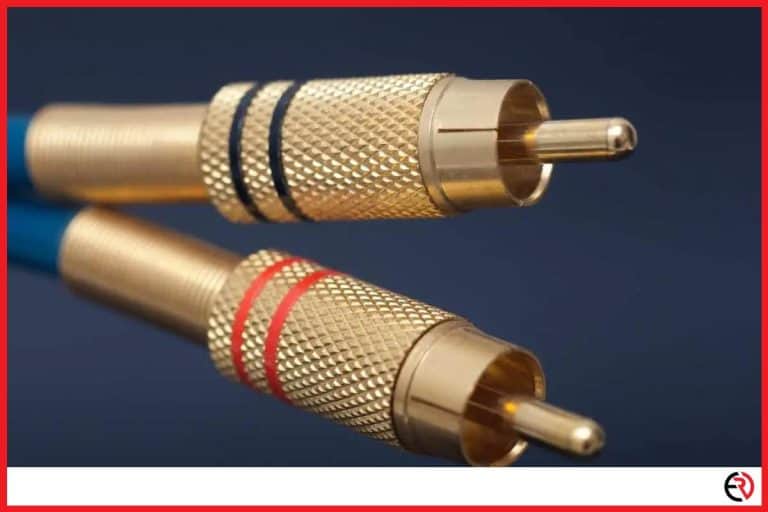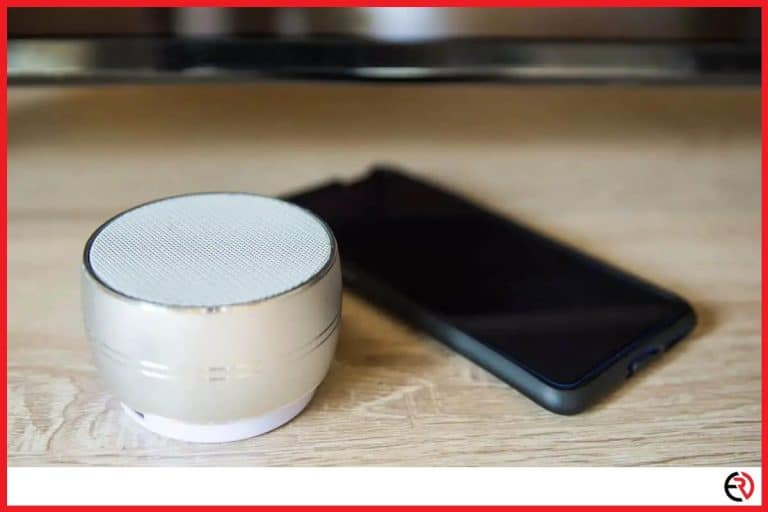This is Why Your Subwoofer Keeps Cutting out (Solved)
This post may contain affiliate links which means that, if you choose to make a purchase, I may earn a small commission at no extra cost to you.
You’ve set up your home theater system, checked all the connections, power matched it perfectly, and are ready to watch the latest movies on Dolby Atmos. Unfortunately, when the movie is playing the subwoofer keeps cutting out and the explosions sound dry. I’ve faced this problem numerous times due to different reasons.
Your subwoofer may cut out due to numerous reasons. Usually, the amplifier is the primary suspect. However, the problem may also occur due to poor wiring, electrical problems, distance, WiFi, or something that may have gone wrong with the subwoofer unit itself.
Let’s check out how you can fix those problems and get back to your favorite movies and music.
Amplifier problems
When your subwoofer cuts out, the amplifier usually takes the blame. However, amplifiers are highly versatile AV components that have an equally versatile set of problems. Let’s check out major amplifier problems that interfere with the smooth functioning of your subwoofer.
Grounding problems
After years of tinkering around with numerous home theater and stereo systems, I’ve mostly run into bad ground issues with amplifiers. Grounding problems can cause your expensive amplifier to burn, short your speakers, add noise, and create many more problems. That’s why you need to check for bad ground first when the subwoofer starts cutting out.
Grounding completes the electrical circuit and if there’s an issue, the power-hungry subwoofer may keep cutting out or may not even get any power. It can also damage your amplifier, subwoofer, speakers, and other components in the system. People also have a wrong approach to fixing this problem. Checking for continuity with a multimeter may not get you anywhere.
Fix – Before you try to fix the bad ground, you need to make sure that there are no connection problems. Check for loose connection and check if the connectors are corroded in any way. You can also swap out the cables as well to check if the ground issue is solved.
When you’re having grounding issues, the subwoofer will cut out at a high gain. However, at low gain, there would be a humming sound. You can use this sound to isolate the problem. Start from the amplifier and turn the gain knob slightly. If the humming sound changes, the amplifier has a problem. If it’s not the amp, move on to the speakers and hook it up to a different amp. This way keep eliminating components till you’re able to isolate the faulty device. After that, you need to get the faulty device checked and fixed.
Amp goes to protect mode
Amps switch to protect mode to do exactly what the mode says. It shuts down to protect itself and other components down the chain. When amps go to protect mode, the display will flash “protect mode on” or the power LED will turn red or an alarming color. Amps can go into protect mode due to a multitude of reasons. From improper installation to loose connections or even incorrect gain settings.
When the amp goes into protect mode, it cuts off power to all the speakers including the subwoofer. The only way to solve this issue is to get to the root of the problem and figure out why the amp is going to protect mode.
Fix – Since an amp can go into protect mode due to anything from overheating issues to blown out drivers or fuses, it’s best to get it checked by a professional. Even if you turn off the protect mode and just change out fuses in the amp if there’s a bigger underlying issue it may blow out your home’s power.
Low voltage
This is an issue that mostly arises with car stereo systems. Your amplifier draws a lot of electrical current. Your home is well-equipped to provide all the current it needs. Moreover, your home gets stable electrical power that gets converted to DC current by an adapter and sent to the amp. However, with cars, it’s a different issue. If the voltage drops too much and the alternator fails to produce enough electrical current it may cause your subwoofer to cut out.
It all depends on how many connections, speakers, and other electronic accessories you have in your car. With each connection, your car’s electrical system gets more vulnerable to voltage drop. The same can happen if you have a very power-hungry setup at home with a 9.1.4 Dolby Atmos system and the amplifier doesn’t get enough juice.
Fix – Make sure that the problem is due to a vulnerable electrical system in your car. You can check the voltage at the amplifier with a multimeter. If it dips below 12 volts, you need to upgrade your amplifier to prevent the subwoofer from cutting out.
Amp overheating and clipping
Sometimes after playing music for a couple of hours my subwoofer would get cut off. I was puzzled by this issue many times until I figured out that the problem was with my overheated amp. Amps can get overheated due to clipping, bad ground, impedance mismatch, blown speaker, and more.
Amp clipping is also a major problem that is closely tied to thermal overload. It happens when an amp pushes the signal more than its power capacity and causes distortion. Excessive clipping makes your amp overheat quicker and can make the amp go into protect mode quite often. This cuts off power to the speakers and the subwoofer.
Fix – An easy way to solve this issue is to adjust the gain setting. Lower the gain setting or volume and clipping should be solved immediately. This should also solve overheating issues and should allow you to enjoy your music without interruptions. Make sure that the RMS output on your amp doesn’t exceed the maximum RMS rating of your subwoofer. Also, make sure that you’ve matched the impedance of the speakers correctly.
With amp problems out of the way, let’s check out some other problems that can cut out the subwoofer.
Wiring thickness problem
Unless you have a wireless home entertainment system, wires are very important for your speaker setup. Wires need to be thick to carry enough power that can drive your speakers at their best. The subwoofer is a tricky driver since it can demand a lot of power when the basis is especially boomy and thumpy. The amp will be scrambling to draw more power if the speaker wires add a lot of resistance. This can blow a fuse or make the amp go into protect mode. When that happens, the subwoofers would be cut off.
Fix – Fortunately, it’s an easy fix. You need to have the right thickness of wires connecting your subwoofer to the speaker. Wire thickness is measured by the American Wire Gauge(AWG) number. Higher AWG leads to a thinner wire. Lower AWG means a thicker wire. You need relatively thick wire for the subwoofer so that there’s less resistance to current flow.
If your subwoofer sits up to 50 feet away from the amp and has a high impedance of 8 Ohm, it’s best to stick to the economical 16 gauge wire. However, you may want to invest a bit more on a thicker 12 gauge wire if your subwoofer is more than 50 feet away and has a low impedance of 4 or 6 Ohms.
The subwoofer is too far away
If you have a wireless subwoofer, it’s going to have all the problems of a wireless device. While regular speakers can be kept as far away as you want as long as you connect them via thick speaker wires, a wireless subwoofer would suffer. If the WiFI signal isn’t strong enough, the signal will drop out frequently and make the subwoofer cut out.
Fix – Check if your wireless subwoofer is too far away from your router. Try moving the subwoofer closer to the router and check if the problem persists. You can also solve this issue by installing a wireless repeater close to the subwoofer.
Interference and overcrowding
With a wireless subwoofer, there’s another problem of interference and overcrowding. My home has multiple WiFi-enabled devices, from smartphones and computers to consoles and smart refrigerators. There are also numerous devices with Bluetooth capability. All these devices add interference and if the signal gets overlapped with the subwoofer, it may cause interruptions. Moreover, if you have a single WiFI router with too many WiFi devices, your network can get overcrowded and cause the same problems.
Fix – The best way to reduce interference and overcrowding is to eliminate as many useless connections as possible. Turn off the WiFi and Bluetooth on all the devices that you aren’t using at the moment. Apart from that, you can also connect your subwoofer to the 5.0 GHz band of your router and even upgrade to a mesh WiFi network to reduce congestion. When there is less interference and fewer devices crowding the network, your subwoofer won’t keep cutting out.
Blown subwoofer
If you’ve tested for all the above-mentioned problems then you probably have a blown subwoofer on your hands. If the subwoofer is completely blown out it wouldn’t make any sound. However, if it’s partially damaged, the subwoofer would sound dry, lack a lot of punch, and won’t be able to produce a controlled bass response. The subwoofer may have damaged parts in the coils and that makes the amp behave in strange ways till it cuts off power.
Fix – You can check if your subwoofer is damaged with a multimeter. Change the reading setting from Volts to Ohms and hook it up to the terminals at the back of your subwoofer. If it reads below 1 Ohm you have a damaged subwoofer and need to contact customer support or get it fixed by a third party.
Conclusion
While I have a distaste for distortion in my music, I hate when I’m immersed in a magnificent Pavarotti track and suddenly it’s missing a lot of details when the subwoofer is cut off. Over the years I’ve learned to look for the problem and isolate it for fixing the issue. I hope this article helps you do the same and enjoy rich music with all the details preserved in the low frequencies.

